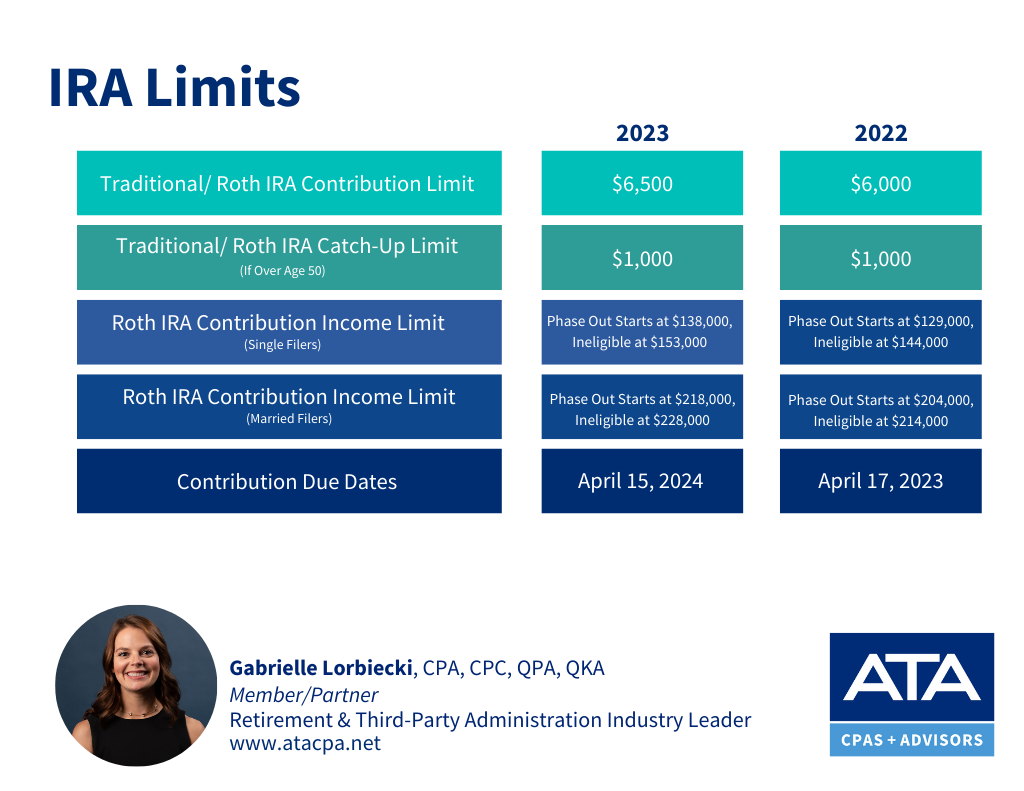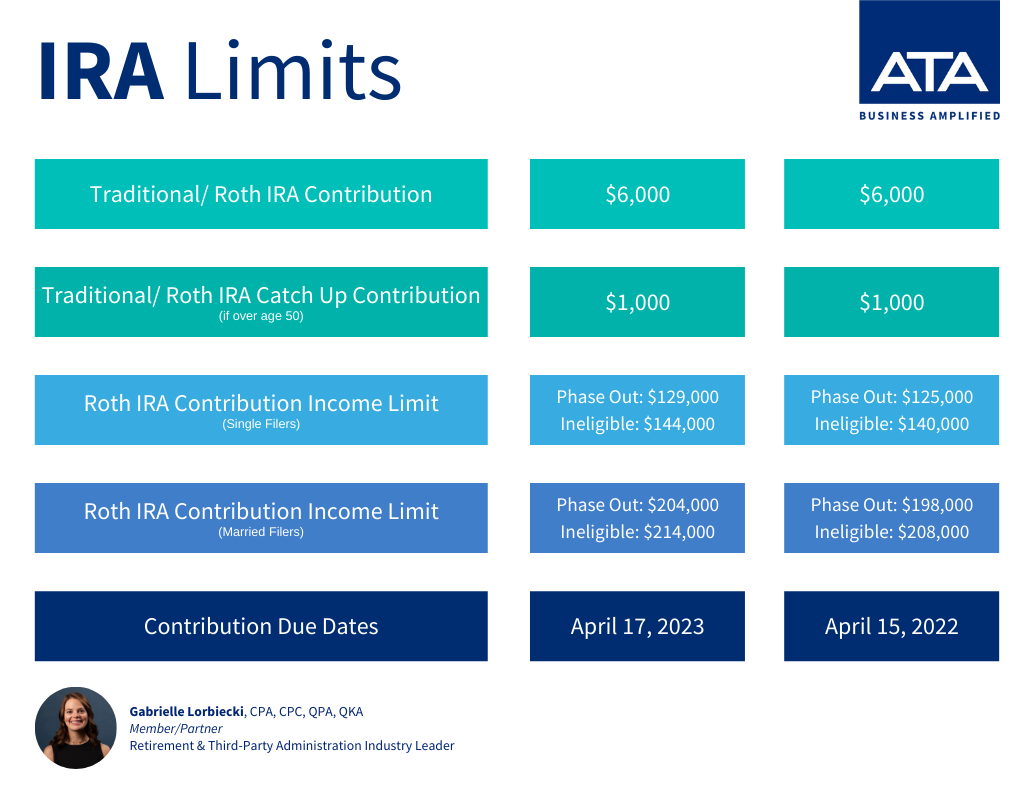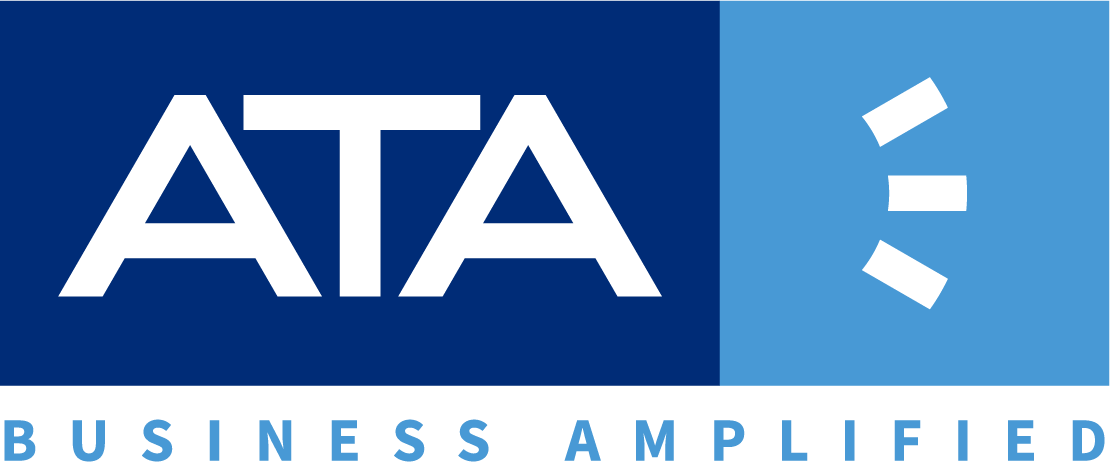How much can you and your employees contribute to your 401(k)s or other retirement plans next year? In Notice 2024-80, the IRS recently announced cost-of-living adjustments that apply to the dollar limitations for retirement plans, as well as other qualified plans, for 2025. With inflation easing, the amounts aren’t increasing as much as in recent years. 401(k) plans.
The 2025 contribution limit for employees who participate in 401(k) plans will increase to $23,500 (up from $23,000 in 2024). This contribution amount also applies to 403(b) plans, most 457 plans and the federal government’s Thrift Savings Plan. The catch-up contribution limit for employees age 50 or over who participate in 401(k) plans and the other plans mentioned above will remain $7,500 (the same as in 2024). However, under the SECURE 2.0 law, specific individuals can save more with catch-up contributions beginning in 2025.
The new catch-up contribution amount for taxpayers who are age 60, 61, 62 or 63 will be $11,250. Therefore, participants in 401(k) plans who are 50 or older can contribute up to $31,000 in 2025. Those who are age 60, 61, 62 or 63 can contribute up to $34,750. SEP plans and defined contribution plans. The limitation for defined contribution plans, including a Simplified Employee Pension (SEP) plan, will increase from $69,000 to $70,000 in 2025. To participate in a SEP, an eligible employee must receive at least a certain amount of compensation for the year. That amount will remain $750 in 2025. SIMPLE plans The deferral limit to a SIMPLE plan will increase to $16,500 in 2025 (up from $16,000 in 2024).
The catch-up contribution limit for employees who are age 50 or over and participate in SIMPLE plans will remain $3,500. However, SIMPLE catch-up contributions for employees who are age 60, 61, 62 or 63 will be higher under a change made by SECURE 2.0. Beginning in 2025, they will be $5,250. Therefore, participants in SIMPLE plans who are 50 or older can contribute $20,000 in 2025. Those who are age 60, 61, 62 or 63 can contribute up to $21,750. The IRS also announced that in 2025: The limitation on the annual benefit under a defined benefit plan will increase from $275,000 to $280,000. The dollar limitation concerning the definition of “key employee” in a top-heavy plan will increase from $220,000 to $230,000. The limitation used in the definition of “highly compensated employee” will increase from $155,000 to $160,000.
The 2025 limit on annual contributions to an individual IRA will remain $7,000 (the same as 2024). The IRA catch-up contribution limit for individuals age 50 or older isn’t subject to an annual cost-of-living adjustment and will remain $1,000. Plan ahead The contribution amounts will make it easier for you and your employees to save a significant amount in your retirement plans in 2025. Contact us if you have questions about your tax-advantaged retirement plan or want to explore other retirement plan options. © 2024





